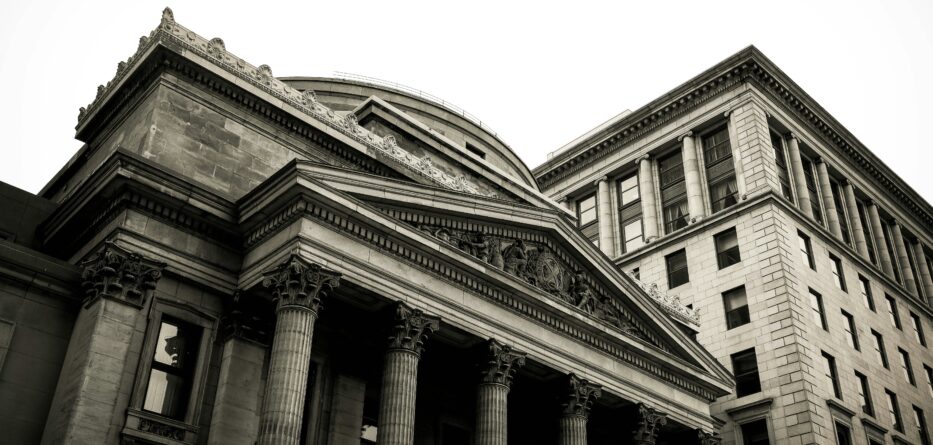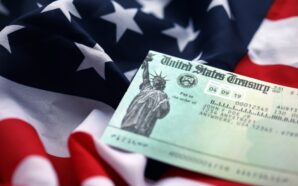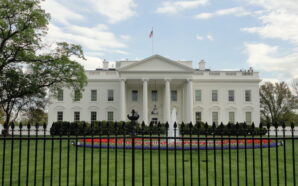
Credit: Unsplash
The Federal Reserve announced today that all 31 banks participating in its annual stress test have demonstrated their ability to withstand a severe hypothetical economic downturn while maintaining their capacity to lend to consumers and businesses.
In this year’s stress test, each bank met the requirement to absorb losses and retain capital above the minimum levels mandated by regulatory standards. The stress scenario included assumptions of a surge in unemployment to 10%, a 40% plunge in commercial real estate values, and a 36% drop in housing prices.
“This year’s results show that under our stress scenario, large banks would take nearly $685 billion in total hypothetical losses, yet still have considerably more capital than their minimum common equity requirements,” said Michael Barr, the Fed’s vice chair for supervision. “This is good news and underscores the usefulness of the extra capital that banks have built in recent years.”
The stress test, an annual regulatory exercise, ensures that banks maintain adequate reserves for potential bad loans and determines the limits on share repurchases and dividends. This year’s test included major institutions such as JPMorgan Chase, Goldman Sachs, American Express, and regional lenders like Truist.
Despite the aggregate capital levels falling by 2.8 percentage points—a steeper decline than last year’s—no bank faced significant challenges from the test’s assumptions, which were consistent with those used in the 2023 stress test. The decrease in capital levels is attributed to the banking industry’s increased holdings of consumer credit card loans and downgraded corporate bonds, coupled with squeezed lending margins compared to the previous year.
“While banks are well-positioned to withstand the specific hypothetical recession we tested them against, the stress test also confirmed that there are some areas to watch,” Barr added. “The financial system and its risks are always evolving, and we learned in the Great Recession the cost of failing to acknowledge shifting risks.”
Additionally, the Fed conducted an exploratory analysis on funding stresses and a potential trading meltdown, focusing on the eight largest banks. The results showed that these banks could withstand a sudden increase in deposit costs alongside a recession. In a scenario where five large hedge funds face collapse, the big banks would incur losses between $70 billion and $85 billion. The Fed noted that while the banks have significant exposure to hedge funds, they are resilient to various trading book shocks.
-
Credit: Shutterstock A surprise economic plot twist may be brewing as America heads into the new year: millions of...
-
Credit: Shutterstock A shocking new 115-page report has peeled back the curtain on life inside the FBI under Director...
-
Credit: Shutterstock In a year when many Americans are clipping coupons, stretching paychecks, and comparison-shopping more than ever, one...
-
Credit: Shutterstock Bay Area residents who recently glanced up over the Golden Gate Bridge were treated to an unexpected...
-
Credit: Shutterstock The conversation around potential $2,000 “tariff dividend” checks reached a new peak this week after President Donald...
-
Credit: Shutterstock As President Donald Trump abruptly turned against Rep. Marjorie Taylor Greene, one of his most vocal supporters,...
-
Credit: Shutterstock When President Donald Trump unexpectedly announced plans for what he called a “$2,000 dividend” for the majority...
-
Credit: Shutterstock In a dramatic twist that’s sent shockwaves through both sides of the Atlantic, U.S. President Donald Trump...
-
Credit: Shutterstock The countdown is on for one of the most closely watched shareholder votes in corporate history. As...
-
Credit: Shutterstock President Donald J. Trump sparked fresh political fireworks during a wide-ranging interview on CBS’ 60 Minutes, revealing...
-
Credit: Shutterstock Imagine not having to hunt for groceries after a long day or remember when your phone bill...
-
Credit: Shutterstock While government offices sit quiet amid the ongoing federal shutdown, the White House grounds are anything but...




















